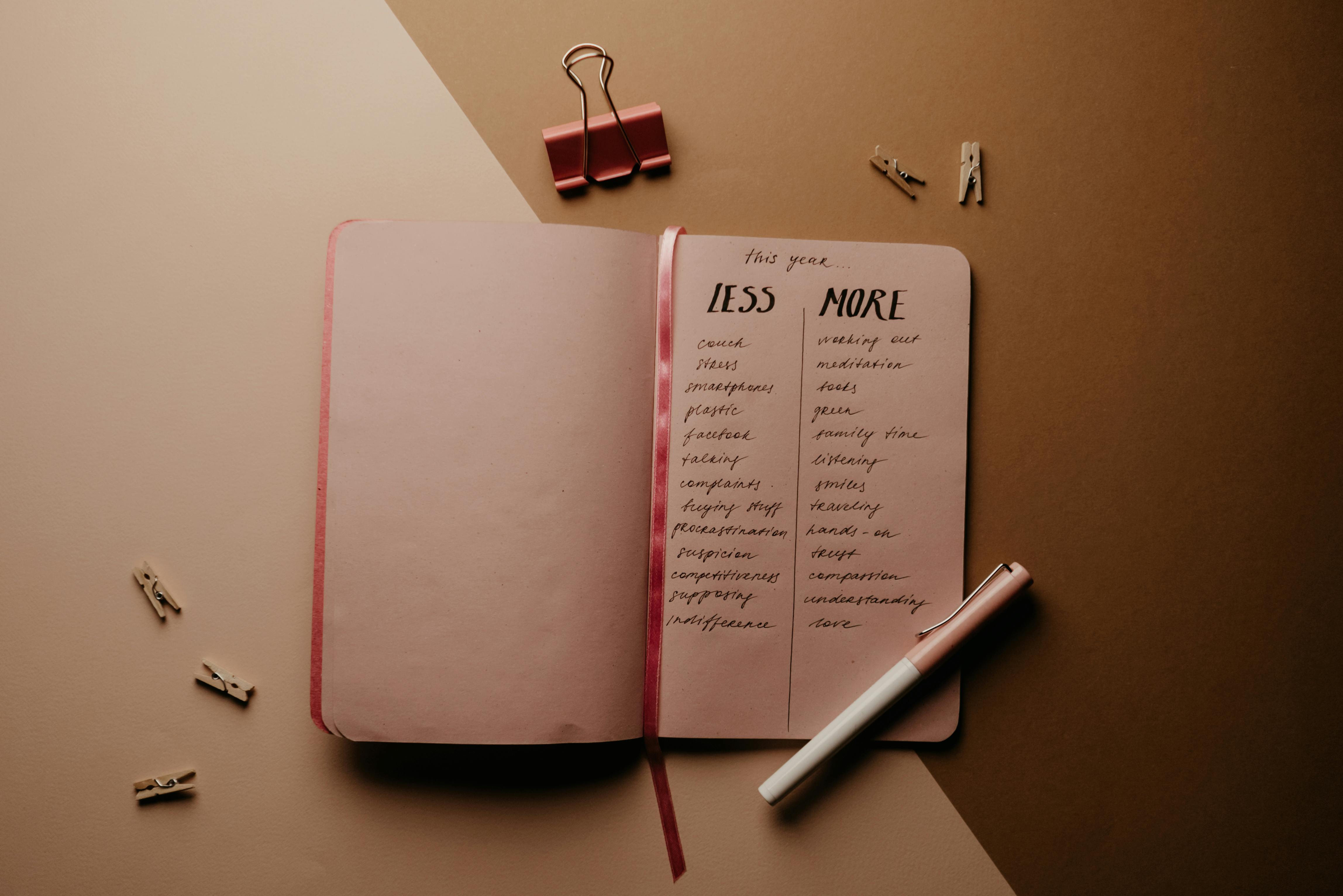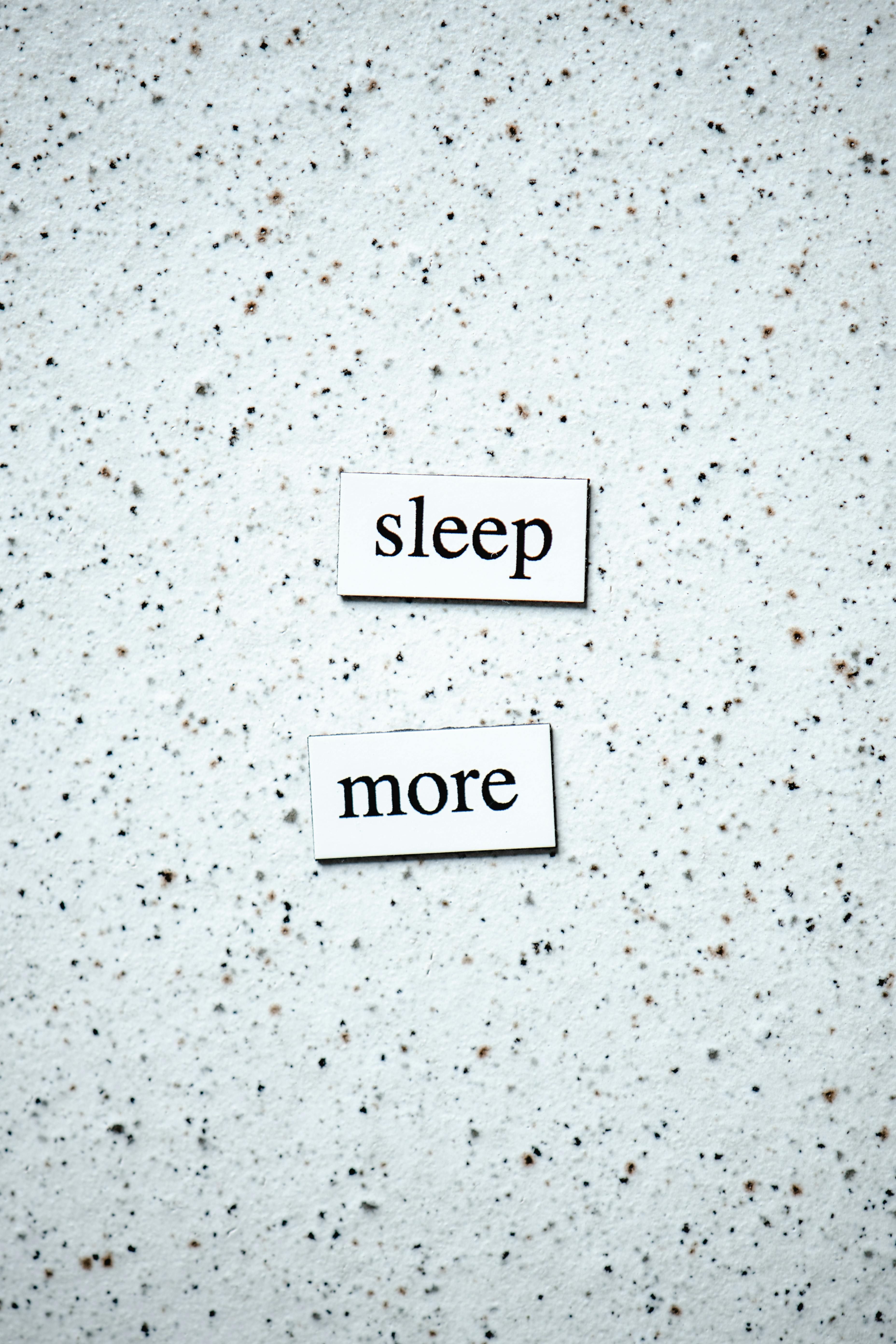10 Powerful Tips to Be More Mindful Daily
Mindfulness has become more than just a trend—it’s a necessary tool for thriving in today’s fast-paced world. As we navigate constant digital distractions and stress, cultivating mindfulness can significantly improve our focus, emotional health, and overall well-being. This article will guide you through essential tips to be more mindful, practical applications, and advanced techniques to deepen your practice.

Understanding the Fundamentals
Mindfulness is the practice of being fully present in the moment—aware of where we are and what we’re doing without being overly reactive or overwhelmed. Rooted in ancient contemplative traditions, it has evolved into a modern psychological tool supported by science.
These fundamentals are vital because they anchor us amid chaos. Think of mindfulness like training a muscle—the more consistently you practice, the stronger your awareness and self-control become, leading to better emotional and mental health.
1.1 Awareness and Presence
Awareness is about observing your thoughts and surroundings without judgment. For example, when walking, instead of planning your day, focus on your breath and footsteps. Studies from Harvard have shown that people spend nearly 47% of their time lost in thought—awareness brings that time back.
Real-world applications include mindful eating, conscious commuting, and present listening during conversations. A common myth is that mindfulness means emptying the mind; rather, it’s about noticing thoughts and letting them pass without clinging to them.
1.2 Non-Judgmental Observation
Unlike critical thinking, mindfulness involves observing experiences without labeling them as “good” or “bad.” This mindset fosters emotional resilience and reduces anxiety.
For instance, feeling nervous before a meeting is okay. Instead of pushing the feeling away, acknowledge it. This allows your body to regulate naturally and reduces the stress loop.
Practical Implementation Guide
Now that the basics are clear, let’s explore how to bring mindfulness into your daily routine. Results will vary, but with consistent effort, many begin noticing benefits such as better sleep and reduced reactivity within weeks.

2.1 Actionable Steps
- Start with Breath Awareness: Spend 5 minutes each morning focusing solely on your breath. Inhale for 4 counts, exhale for 4 counts.
- Use Reminders: Set phone alerts or place sticky notes around your space with cues like “Just Breathe” or “Be Here Now.”
- Create Mindful Breaks: Take short pauses during work to close your eyes, stretch, or breathe. Set a timer every 90 minutes as a reminder.
2.2 Overcoming Challenges
Common obstacles include:
- Restlessness: Start with shorter sessions and gradually increase duration.
- Distraction: Find a quiet space and use noise-canceling headphones if needed.
- Lack of time: Integrate mindfulness into existing routines like brushing teeth or commuting.
Expert tip: Be patient. Mindfulness is a journey, not a destination. The key is consistency, not perfection.
Advanced Applications
Once daily mindfulness becomes second nature, you can explore deeper techniques that enhance emotional intelligence and resilience. These methods are ideal for individuals seeking profound transformation in their personal and professional lives.

3.1 Body Scan Meditation
This practice involves mentally scanning your body from head to toe, observing sensations without judgment. It’s widely used in pain management and sleep therapy. A study in the Journal of Behavioral Medicine found body scans to significantly reduce chronic stress levels in participants.
3.2 Mindful Journaling
Writing down thoughts, feelings, and events from a mindful perspective enhances self-awareness. It’s especially effective when combined with gratitude exercises. This method integrates well with digital journaling apps or traditional notebooks and is compatible with cognitive-behavioral therapy frameworks.
Future Outlook
Mindfulness is expanding beyond wellness spaces into corporate offices, schools, and healthcare. Trends like AI-powered meditation apps and virtual reality mindfulness experiences are reshaping how people practice.
Experts predict a growing need for personalized mindfulness programs tailored to different industries. To stay ahead, consider learning about digital mindfulness tools or attending mindfulness-based workshops and retreats.
Conclusion
To recap, the top three takeaways are: (1) mindfulness starts with present-moment awareness, (2) simple daily practices lead to long-term benefits, and (3) advanced methods deepen your mental clarity and emotional control.
If you’re ready to transform your mindset, start small today. Begin with five mindful breaths, and expand from there. Mindfulness is a gift you can give yourself every single moment.
Frequently Asked Questions
- Q: What is mindfulness in simple terms? Mindfulness means being fully present and aware of your current experience without distraction or judgment. For example, truly tasting your food or listening actively in a conversation.
- Q: How do I start being more mindful? Begin with daily breath-focused meditation and gradually include mindfulness in routine tasks like walking or eating.
- Q: How much time does it take to see results? Many report benefits within 2-4 weeks of consistent practice, though deeper changes may take several months.
- Q: Does mindfulness require expensive tools? No, mindfulness is free. While apps and courses can help, all you need is your attention and intention.
- Q: Is mindfulness better than meditation? Mindfulness is a form of meditation. While traditional meditation often involves stillness, mindfulness can be practiced anytime, anywhere.
- Q: Is mindfulness difficult to learn? It’s simple but not easy. With regular practice, even beginners can develop strong mindfulness habits over time.
- Q: Can mindfulness help in high-stress jobs? Absolutely. Professions like healthcare, education, and business leadership benefit greatly from mindfulness to enhance focus and reduce burnout.
